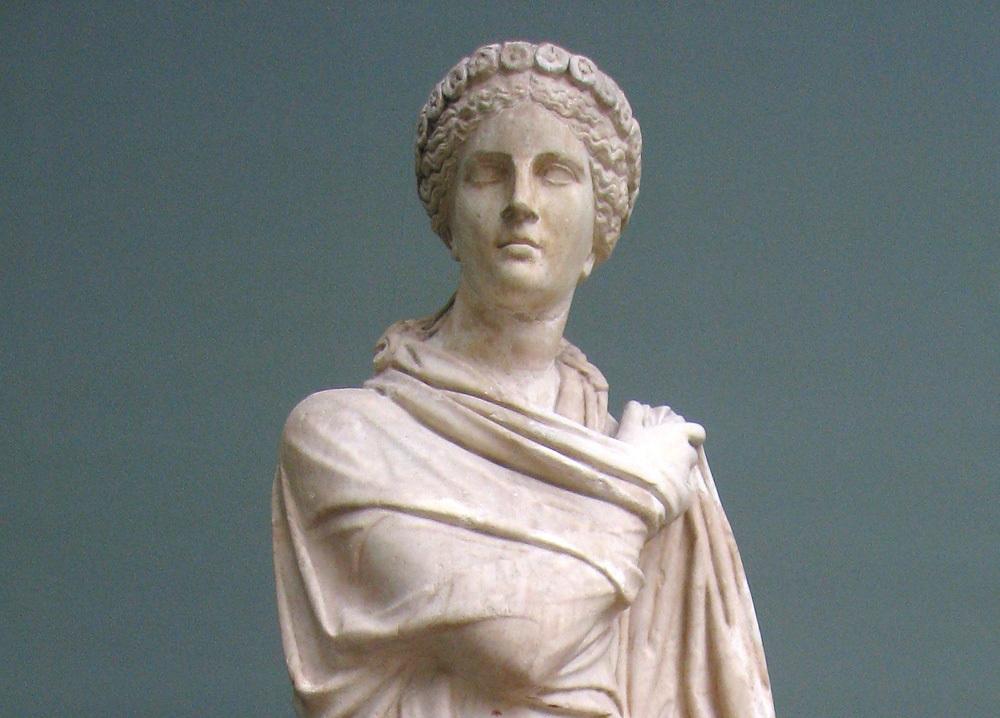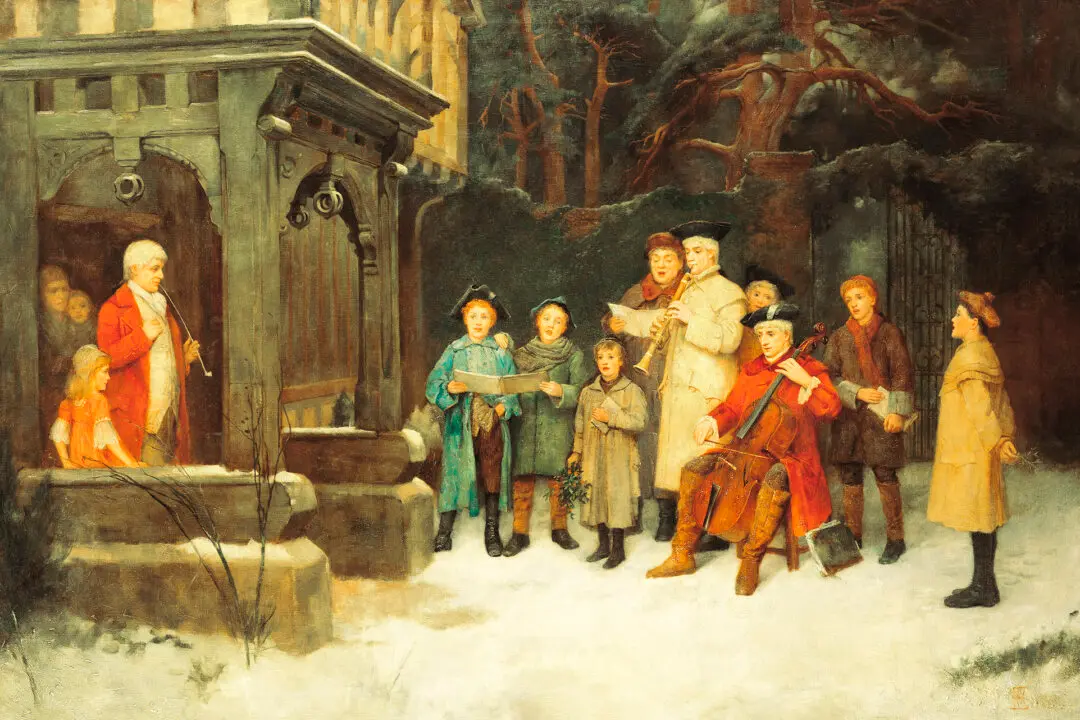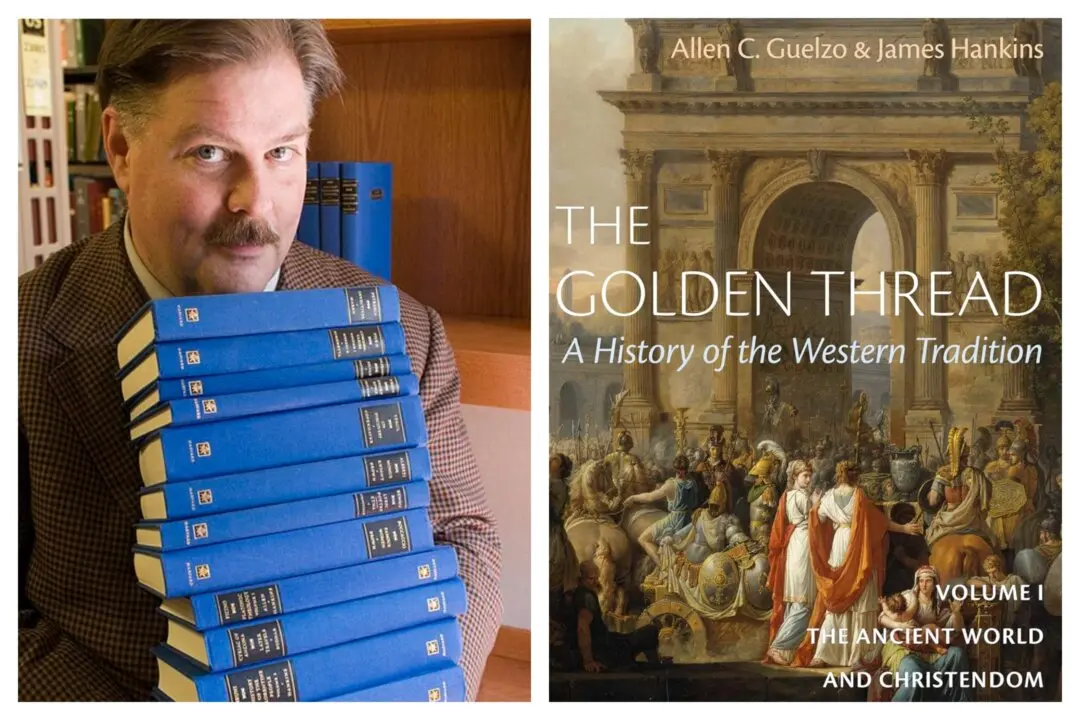In 1978, best-selling novelist John Gardner published “On Moral Fiction” in which he declared, “My basic message throughout this book is as old as the hills, drawn from Homer, Plato, Aristotle, Dante, and the rest, and standard in Western civilization down through the eighteenth century….”
In the paragraph following this explanation, Gardner wrote, “The traditional view is that true art is moral: it seeks to improve life, not debase it. It seeks to hold off, at least for a while, the twilight of the gods and us. …That art which tends toward destruction … is not properly art at all.”






